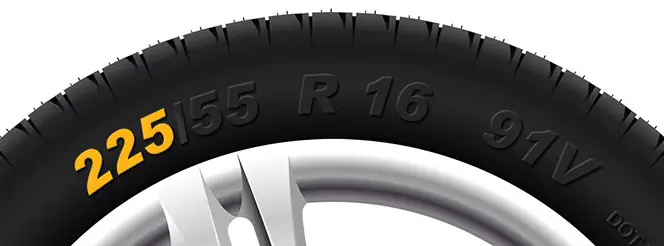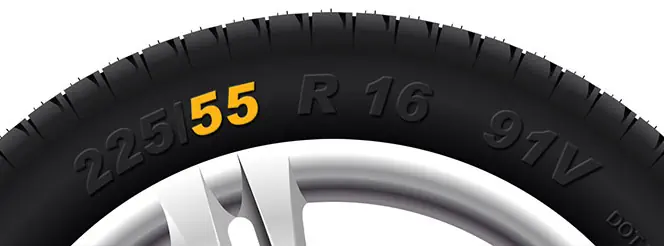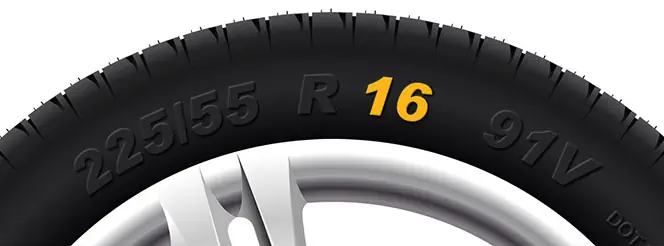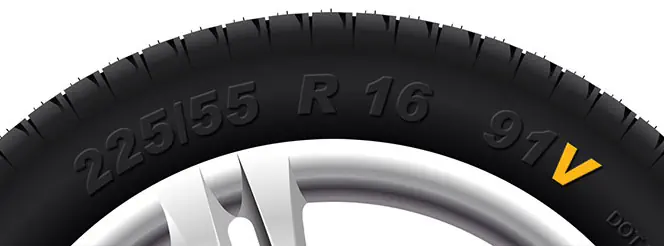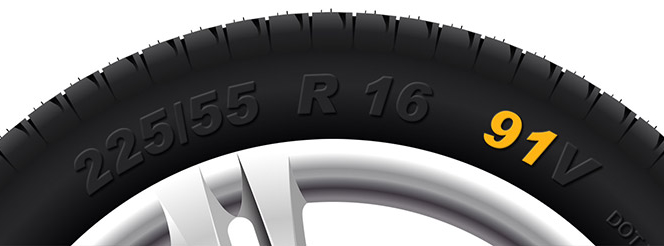Can you do an oil change at home?
Bradley Jando | Tuesday 23rd June 2020 9:30am
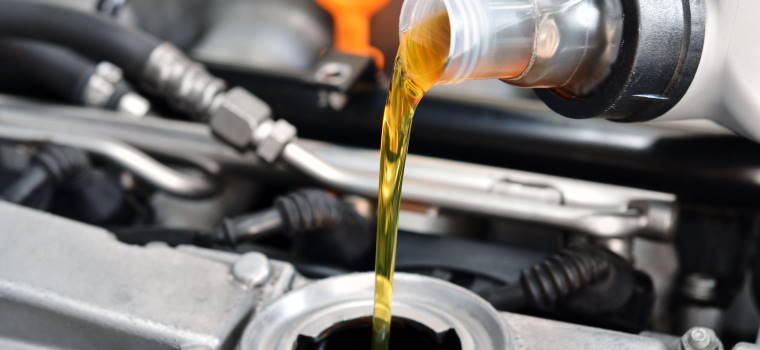
The oil in a car is a key element when it comes to maintaining a healthy and reliable engine - helping to maintain temperatures, lubricate components, and even affect the efficiency of your car.
Over time, however, engine oil can lose its effectiveness. Sludge and dirt can build up in the system, and the oil becomes polluted with contaminants. Oil filters are there to help keep the oil as pure as possible, but the filters also begin to degrade over time - becoming clogged, and making the cleaning process for the oil less effective.
No matter how well looked after your car and engine are, dirt and other deposits will form and contaminate the oil, which is why changing your oil and oil filter is such an important part of car maintenance. How often you should do so depends on the type of car that you drive, and your driving habits - although on average, every 10,000 miles or during your annual service is a good benchmark. In addition, we recommend checking monthly or before a long journey. For information on engine oil changes for your specific model, check out your handbook, or take a look at some of our tips for identifying when your car may need an oil change.
With the Coronavirus pandemic causing people to be spending more time at home, and with many businesses being temporarily closed, it’s only natural that people have been turning to DIY fixes for some of their common maintenance problems. But should changing your car oil fall into that category?
Should you change your oil and filter yourself?
Changing your engine oil can be a messy job, and require some tools and equipment to get started. Because of this, it can be a good idea to leave engine oil changes to the professionals - or build them into your annual car servicing plans.
Often, you may find that in order to access the oil pan, you have to jack the car up to get underneath it. Not only might you not own one, but it can be dangerous to get underneath a car which is only supported by a jack. For safety reasons, axle stands and wheel blocks should be used to hold the weight of the raised car.
Aside from safely raising your vehicle, dealing with the oil itself can be problematic. In order to change the oil, you’ll need a bucket or pan to collect the dirty oil, and then be able to dispose of it in an environmentally responsible way. You’ll also need to have the right amount and type of new engine oil ready to refill the oil pan. There are lots of different types of oil on the market, so do some research or check out your owner’s manual to ensure that you’re using the oil that’s recommended for your make and model of car.
Book an Engine Oil and Filter Change
DIY car maintenance is a great way to help extend the lifespan of your vehicle and keep you safe on the roads, but this shouldn’t come at the expense of professional annual servicing. Check out our recent blog on DIY car maintenance you can do at home to help keep your car in tip-top condition between visits to a garage.
If you’re between services at the moment, or have concerns about your engine oil, take a look at our engine oil change service, with oil filter replacement - where we conduct a full car oil change, including a replacement sump plug washer and replacement oil filter. We’ll also do some additional checks, like looking at gauges and warning lights, exterior lights and lamps, and a visual brake check.
The cost of our Engine Oil and Filter Change is based on the size of your engine, and the oil that’s recommended for your vehicle. To find out more, contact one of our Kwik Fit centres, or book your oil and filter change today.
Any facts, figures and prices shown in our blog articles are correct at time of publication.
Featured Articles
Is it Illegal to Drive With One Headlight?
Saturday 19th July 2025
Wondering if it’s illegal to drive with one headlight? Learn about the safety risks and penalties of illegal blown bulbs and why you should fix them promptly.
Air Con in EVs & Hybrids: Experts Answer Your Questions
Monday 30th June 2025
Does air con drain EV batteries? Can you use the air con while charging an electric car? Find out the answers to these questions & more from Kwik Fit’s experts.
Why Is Your Car Making a Noise? Fixes & Tips
Friday 13th June 2025
When your car starts making unexpected noises, it can certainly be quite disconcerting; it may be nothing to worry about, but here’s what you need to know.





